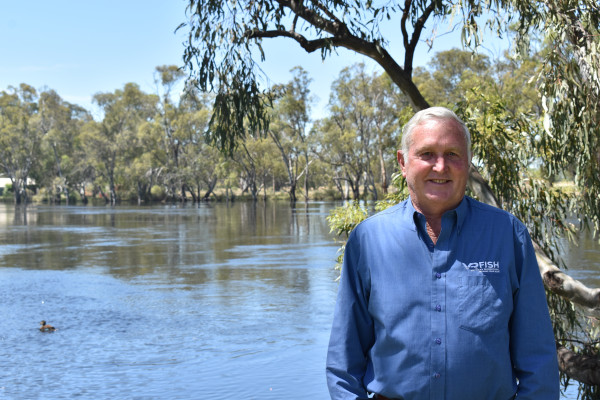IT could be several years before a carp herpes is released into waterways after a report found more research into the virus is required.
The long-awaited National Carp Control Plan (NCCP) outlines how biological control methods could be used to reduce carp numbers.
According to the report, released earlier this month, a carp herpes virus could reduce and suppress populations by 40 to 60 per cent and by up to 80 per cent in less resilient populations.
It recommends further research into how the virus could affect other fish species, including native species, and undertaking more real-life modelling on Australian variants of carp.
The report found research has been limited to laboratory conditions under Australian biosecurity laws because the virus is exotic.
Concerns remain around impacts on water quality from decomposing fish, how long the virus would remain effective at killing carp and whether it could infect native fish populations.
An Agriculture Department spokesperson said as an established pest species, the eradication of carp was unlikely.
“The purpose of the NCCP is to assess how effective the carp virus could be in controlling carp populations,” the spokesperson said.
There will also be no immediate public consultation on the report.
“Extensive public consultation was undertaken during the development of the NCCP and this is outlined in the NCCP documentation,” the spokesperson said.
“If agriculture ministers decide to proceed with the biological control program, further public consultation will certainly occur before any virus release.”
The government says the plan, formulated over six years, is the largest feasibility assessment of a biological control agent in Australia.
It comprises more than 4000 pages of documents including 19 peer-reviewed research papers, nine technical papers and five further planning investigation studies.
It involved 11 national and international research institutions.
The Commonwealth allocated $15.2 million in May 2016 to investigate the feasibility of the Cyprinid herpesvirus 3 as a biological control agent for common carp.
Of the original funding, $10.4 million was allocated to the Fisheries Research and Development Corporation (FRDC) to undertake the feasibility assessment that became the plan.
Case studies undertaken as part of the plan estimate the total cost of implementing the plan in the Murray and Murrumbidgee river systems at about $190 million.
Pest of the waterways
CARP have become the most dominant large-bodied fish in the Murray-Darling Basin making up to 80-90 per cent of fish biomass.
Carp have major negative impacts on water quality and the amenity value of our freshwater environments.
Carp also have a devastating impact on biodiversity and have decimated native fish populations in many areas since they first became established as a major pest in the wild in the 1960s.
Unfortunately, carp can now be found in almost all states and territories.
They were introduced to Australia more than 100 years ago.
Read other carp virus articles
Consider wider impacts of virus
Carp control part of fresh approach







